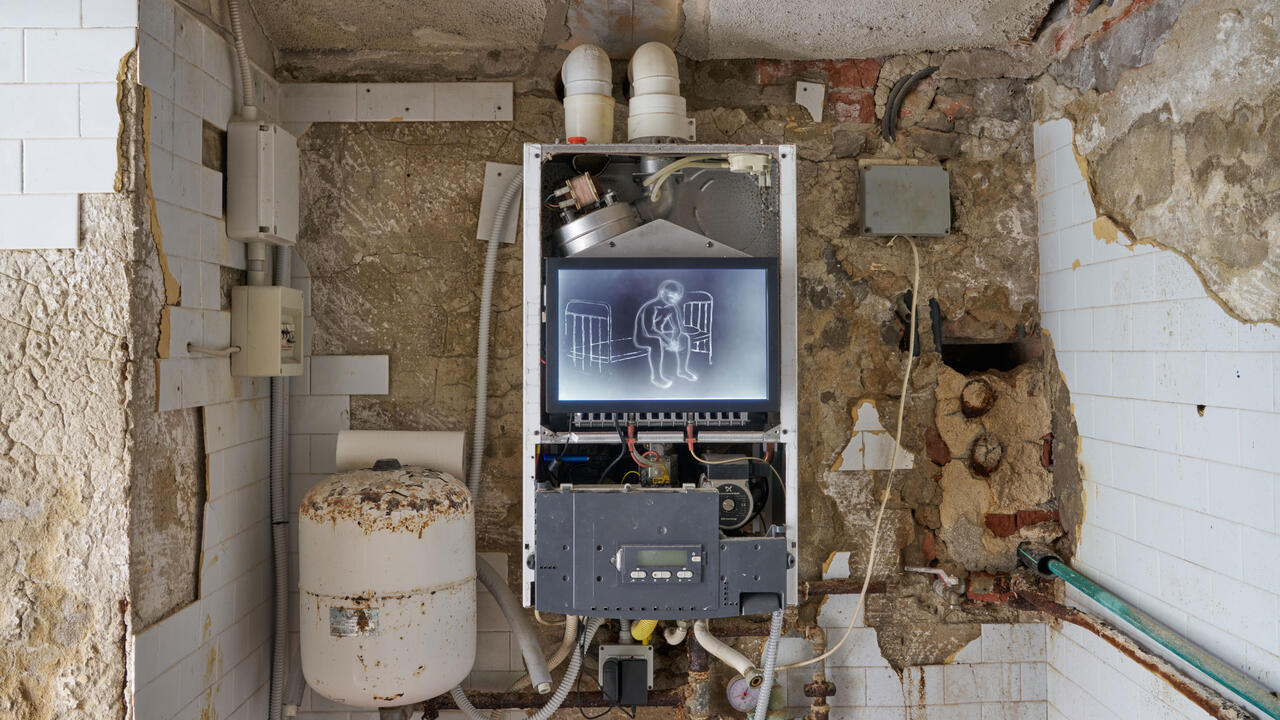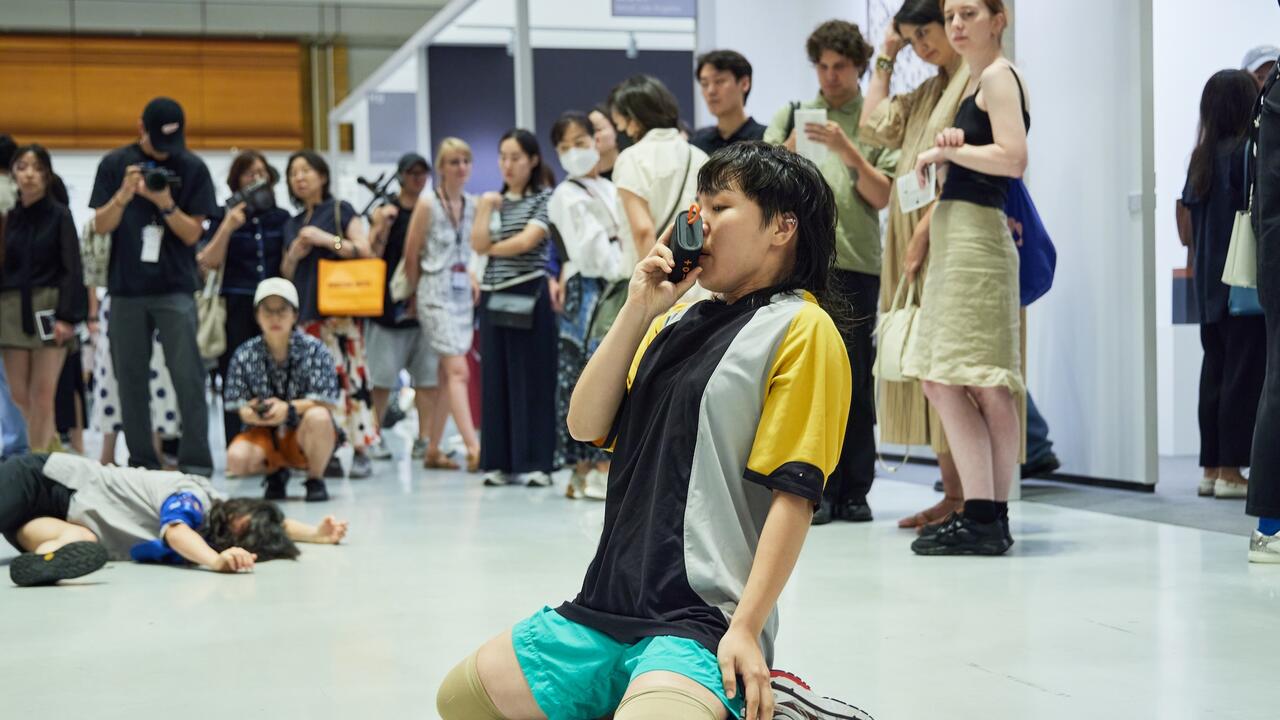What to See Across the US This Summer
From Geumhyung Jeong’s disassembled robots to Abigail Raphael Collins’s investigation into the US military and Hollywood
From Geumhyung Jeong’s disassembled robots to Abigail Raphael Collins’s investigation into the US military and Hollywood

Abigail Raphael Collins | REDCAT, Los Angeles | 22 May – 10 August
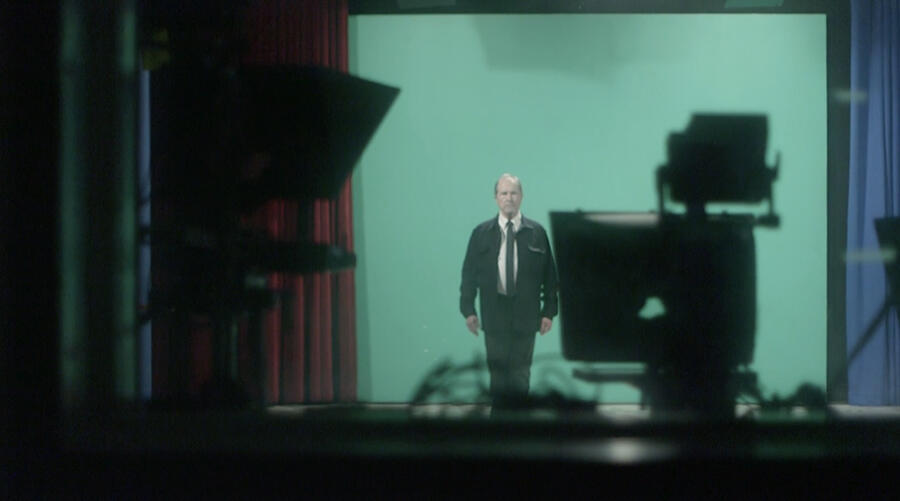
As a child in the 1990s, not yet able to distinguish fact from fiction, Abigail Raphael Collins thought that her father was a military officer. The reasoning was sound in her mind: her grandfather had been in the navy, and her father often came home in uniform. It wasn’t until later that Collins learned he was a method actor. His longest-running role was playing the truculent Alexander Nelson, a former Navy Secretary propelled by paranoia, on the court martial serial JAG (1995–2005). – Elizabeth Wiet
Geumhyung Jeong | Canal Projects, New York | 9 May – 26 July
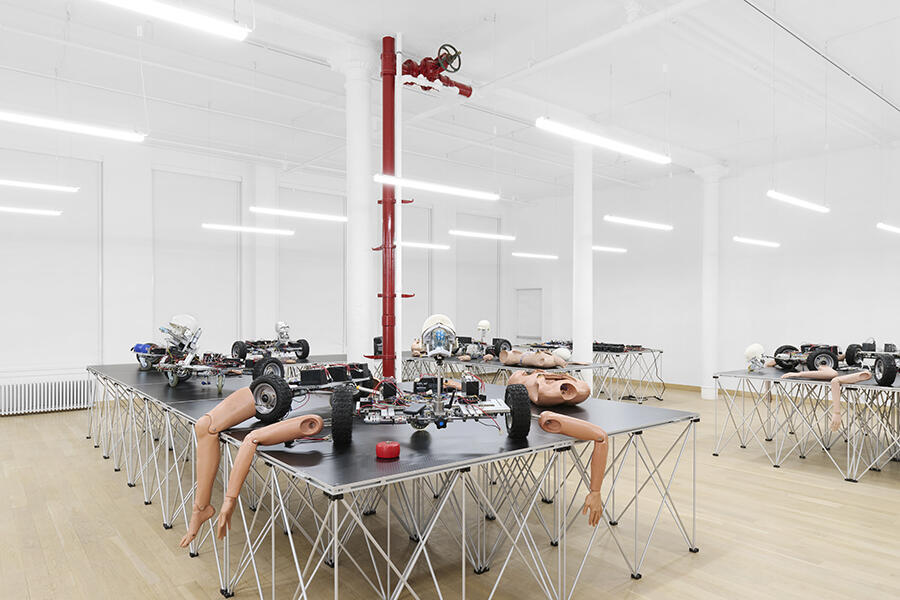
The term uncanny valley can be used to describe the relation between the human-like qualities of a robot and the emotional response it evokes: the more a robot resembles us, the more unsettling it is. (Think of the well-known works of Ed Atkins and Lynn Hershman Leeson, or the horrible Yayoi Kusama robot that temporarily lived in the window display of the Louis Vuitton flagship shop on Fifth Avenue in Manhattan.)
It’s a contrast, then, to encounter the work of South Korean artist and choreographer Geumhyung Jeong, whose mangled arrays of mannequin parts, metal rods, wheels, motors and exposed wiring are explicitly low-fi. ‘Toys, Selected’, the artist’s solo exhibition at Canal Projects in New York, transforms the gallery into an operating room for her DIY creations. – Mariana Fernández
Ohan Breiding | Massachusetts Museum of Contemporary Art, North Adams | 1 February – 14 December
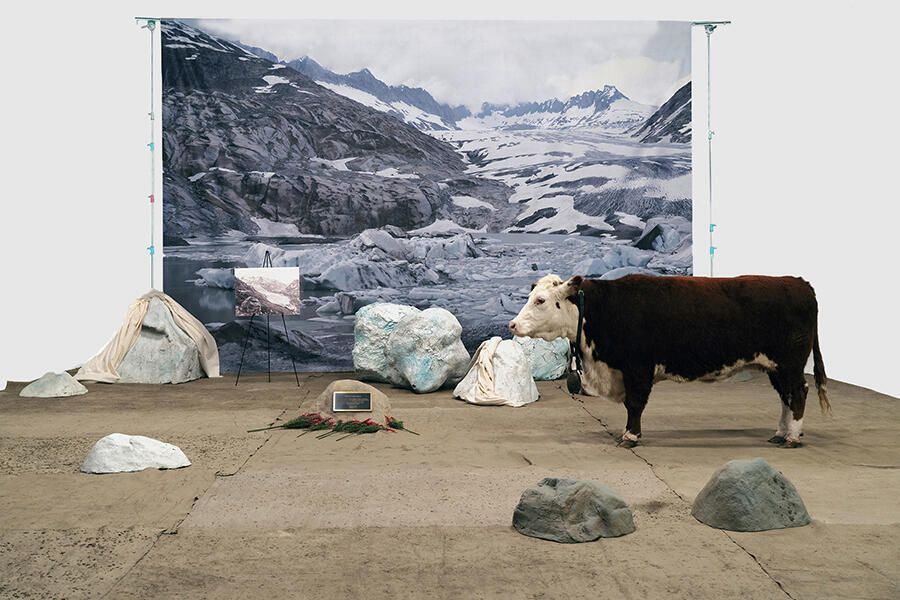
We speak about glaciers as if they were the bodies of animals. Snout. Foot. Calve. This corporeal lexicon doesn’t just hint at a vulnerability already evident in the blistering rate of glacial retreat on a warming planet. It also suggests a vitality that is warm-blooded and mammalian: kindred. I imagine that the people who first ascribed these poetically ill-fitting words to masses of ice were a bit in love with them – or at least aware that their ecosystems were among those that glaciers help sustain.
A like-minded tenderness – and metaphorical promiscuity – pervades Ohan Breiding’s ‘Belly of a Glacier’ at the Massachusetts Museum of Contemporary Art in North Adams, with Williams College Museum of Art. The Swiss-American artist grew up near the Rhône Glacier, which has retreated by half a kilometre in under two decades. Turning their lens on the melting glacier of their youth, Breiding sees a loved one under threat. – Cassie Packard
Rosemarie Trockel | Gladstone Gallery and Sprüth Magers in New York | 8 May – 1 August
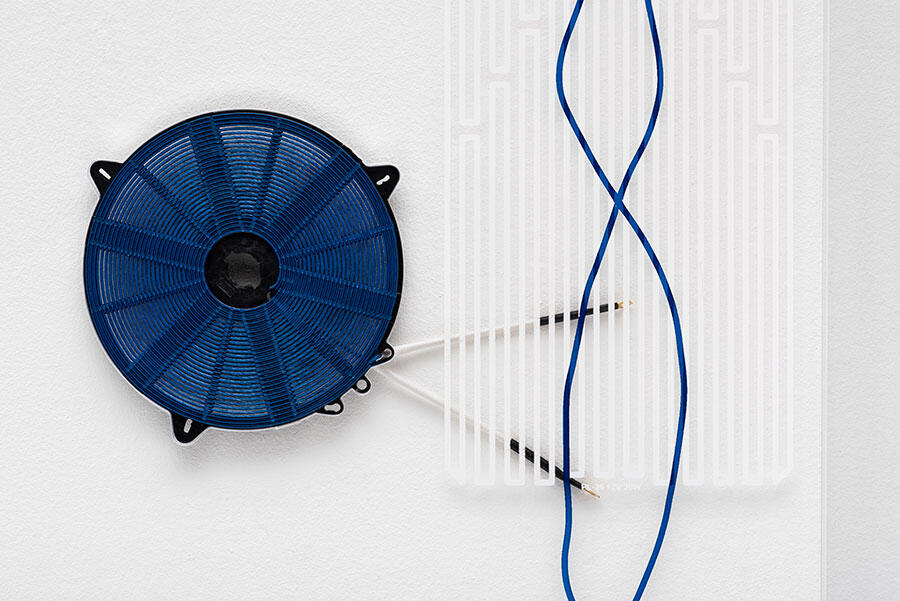
A 1988 essay by curator Sidra Stich quotes German conceptual artist Rosemarie Trockel stating that ‘inconsistency’ is one of the ‘constants’ in her work. This quality is front and centre in her New York doubleheader, ‘Material’ at Sprüth Magers and ‘The Kiss’ at Gladstone Gallery – exhibitions which, combining varied media and forms with a biting sense of humour, exemplify the artist’s decades-long exploration of the vital inconsistency of the art object. – Madeleine Seidel
‘The Exchange’ | Boston Public Art Triennial | 22 May – 31 October
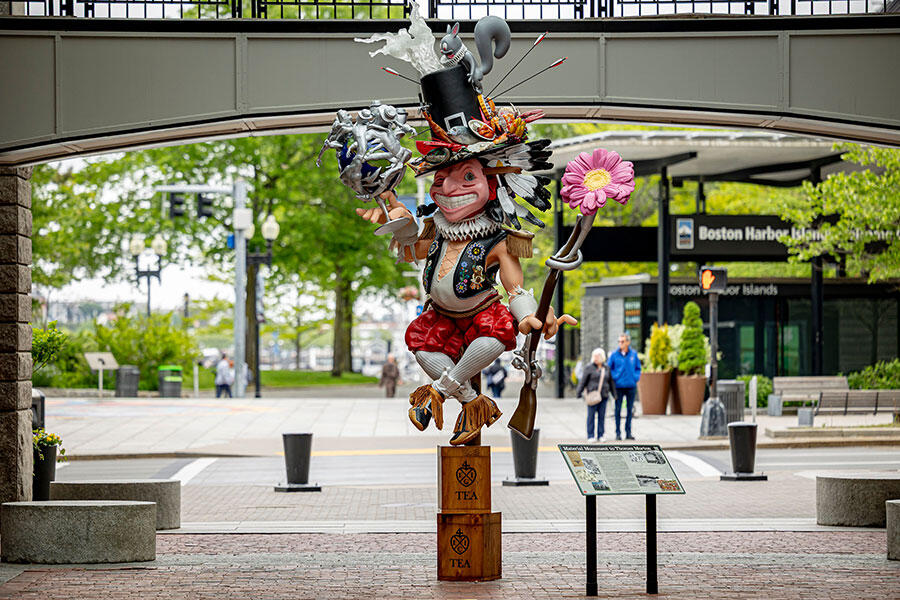
Once the heart of Boston’s maritime economy, Long Wharf Pier served as a major gateway for the transatlantic slave trade. Today, just a few hundred metres west of that historic pier stands Faneuil Hall Marketplace, which houses shops and restaurants: a digestible version of American capitalism, saturated with foot traffic and historical amnesia. Nestled in its outdoor plaza is New Red Order’s large-scale installation Material Monument to Thomas Morton (Playing Indian) (2025) – one of the most quietly radical interventions in the inaugural Boston Public Art Triennial, ‘The Exchange’, curated by Pedro Alonzo and Tess Lukey. – Terence Trouillot
Main image: Geumhyung Jeong, ‘Toys, Selected’ (detail), 2025, exhibition view. Courtesy: Canal Projects, New York; photograph: Izzy Leung





